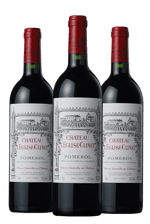Showing 41 products
Page 1 of 2
Showing 41 products
Page 1 of 2
94
TS
93
MB
92
HH
$87.00
94
TS
93
MB
92
HH
$87.00
$225.00
Price reduced from
$245.00
to
97
DE
96
JS
95
LPB
$550.00
Price reduced from
$850.00
to
$335.00
Price reduced from
$375.00
to
100
RP
100
JS
100
LPB
$140,000.00
95
JS
93
NM
92
LPB
$270.00
95
JS
93
NM
92
LPB
$270.00
100
JD
99
JS
99
JD
$1,990.00
100
JD
99
JS
99
JD
$1,990.00
100
JA
100
JS
100
NM
$11,999.00
99
AG
98
JS
98
AG
$1,770.00
98
DE
98
LPB
98
JS
$875.00
Price reduced from
$950.00
to
98
DE
98
LPB
98
JS
$875.00
Price reduced from
$950.00
to
98
JD
97
AC
96
AG
$415.00























